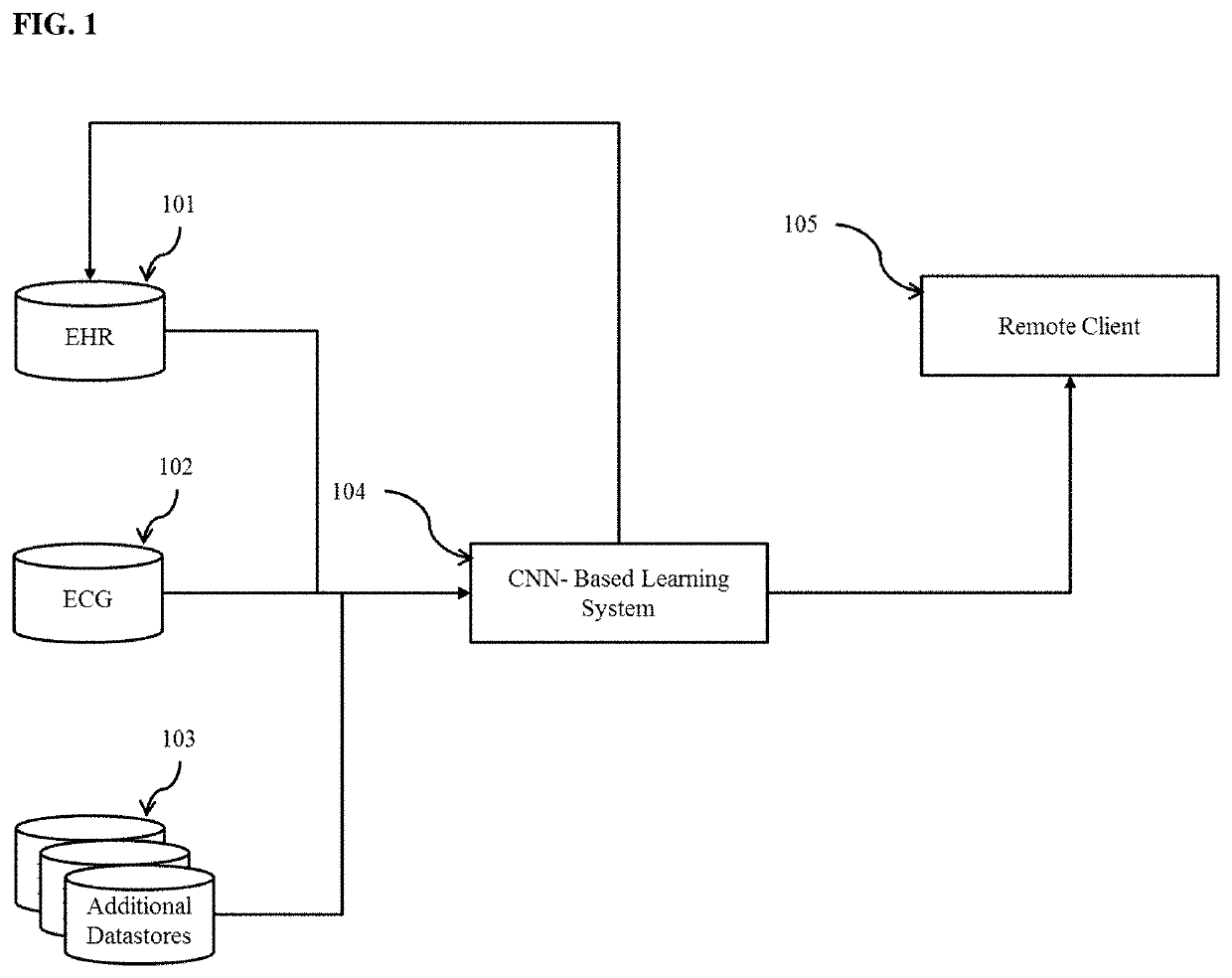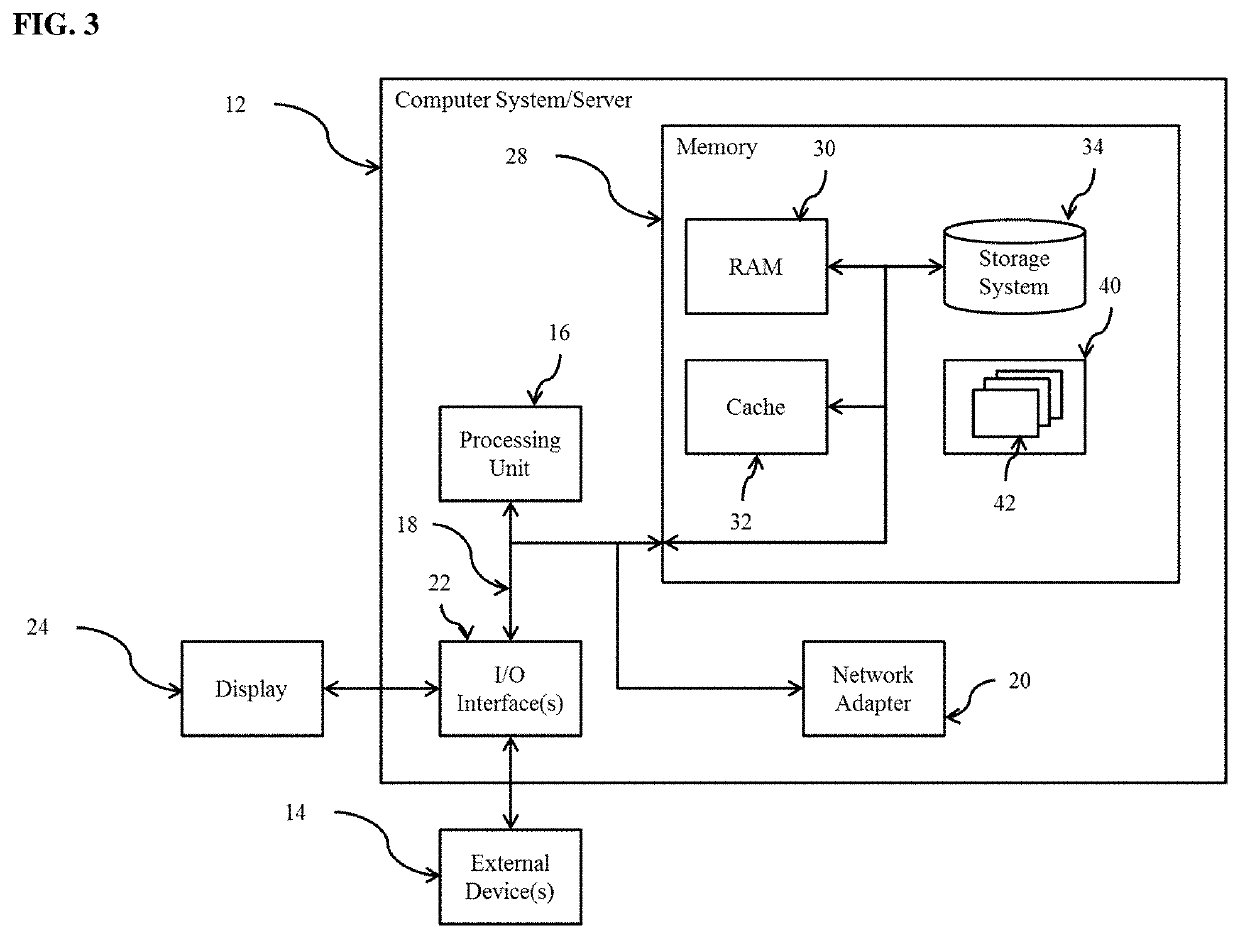Noninvasive methods for detection of pulmonary hypertension
a pulmonary hypertension and non-invasive technology, applied in the field of non-invasive methods for pulmonary hypertension detection, can solve the problems of non-specific ph symptoms and very similarity
- Summary
- Abstract
- Description
- Claims
- Application Information
AI Technical Summary
Benefits of technology
Problems solved by technology
Method used
Image
Examples
example 1
entification & Augmented Curation
[0075]A diverse set of cohorts were generated for preliminary model development using a combination of mean pulmonary arterial pressure (mPAP) measured during RHC and tricuspid regurgitation velocity (TRV) measured during echocardiogram (Table 1). RHC is the gold standard for PH diagnosis, with an mPAP greater than or equal to 21 mmHg denoting PH (recently lowered from the previous threshold of 25 mmHg). TRV measurements are less conclusive, i.e., while TRV less than or equal to 2.8 m / s indicates the absence of PH and TRV greater than or equal to 3.4 m / s indicates its presence, there is an intermediate range for which diagnosis is inconclusive using TRV alone and other measured must be considered.
TABLE 1Cohorts used for preliminary model developmentUniqueUniqueCohortPositivePatientsNegativePatients1mPAP ≥25 mmHg11215mPAP 22932mPAP ≥21 mmHg12827mPAP 22933mPAP ≥25 mmHg11215mPAP 507684mPAP ≥21 mmHg12827mPAP 507685TRV ≥3.4 m / s15515TRV ≤2.8 m / s496146TRV >...
example 2
a BERT Model for Diagnoses
[0077]As a first step toward creating a BERT model for diagnosis, the Nference® Signals application was used to determine the top 250 phenotypes most closely associated to “pulmonary hypertension” and sentences from the Mayo corpus of clinical notes were extracted for these phenotypes. Sentences were manually classified by MD- and PhD-level scientists at nference into categories, e.g., positive (YES), negative (NO), suspected (MAYBE), and alternate context (OTHER), with examples shown in Table 2.
TABLE 2Manual classificationsPositive diagnosis (YES)Negative diagnosis (NO)“In regard to Ms. LNAME's history of atrial fibrillation, she“She has no history of chronic lung disease, rheumatic fever, orreports that she had occasional short episodes of a rapid rate thatendocarditis.”lasts a minute”“Although her right ventricle is compromised she is quite well“He has severe tricuspid regurgitation due to a partial flailcompensated hemodynamically without evidence oftri...
example 3
Diagnosis Model for Cohort Selection
[0082]Before running the BERT model on the Potential PH Cohort to identify additional PH patients, it was run on the Mayo PH Cohort to assess the distribution of sentence sentiment for a positive control. Here, approximately 180,000 sentences for these patients containing the term “pulmonary hypertension” were classified by the model. As shown in FIG. 4, on average 68% of sentences were classified as YES sentiment, only 2% as NO, 7% as MAYBE, and 23% as OTHER, an excellent validation of our model and positive cohort.
[0083]The sentiment analysis shown above was also used to identify patients in the Mayo PH Cohort that did not have PH according to their clinical notes. Of the 1,630 patients with clinical notes that were provided, sentiment analysis and subsequent manual review identified 35 patients in this cohort that did not have PH. An example of this semi-automated workflow is shown in FIG. 5. Here, the distribution contains PH negative patients...
PUM
 Login to View More
Login to View More Abstract
Description
Claims
Application Information
 Login to View More
Login to View More - R&D
- Intellectual Property
- Life Sciences
- Materials
- Tech Scout
- Unparalleled Data Quality
- Higher Quality Content
- 60% Fewer Hallucinations
Browse by: Latest US Patents, China's latest patents, Technical Efficacy Thesaurus, Application Domain, Technology Topic, Popular Technical Reports.
© 2025 PatSnap. All rights reserved.Legal|Privacy policy|Modern Slavery Act Transparency Statement|Sitemap|About US| Contact US: help@patsnap.com



